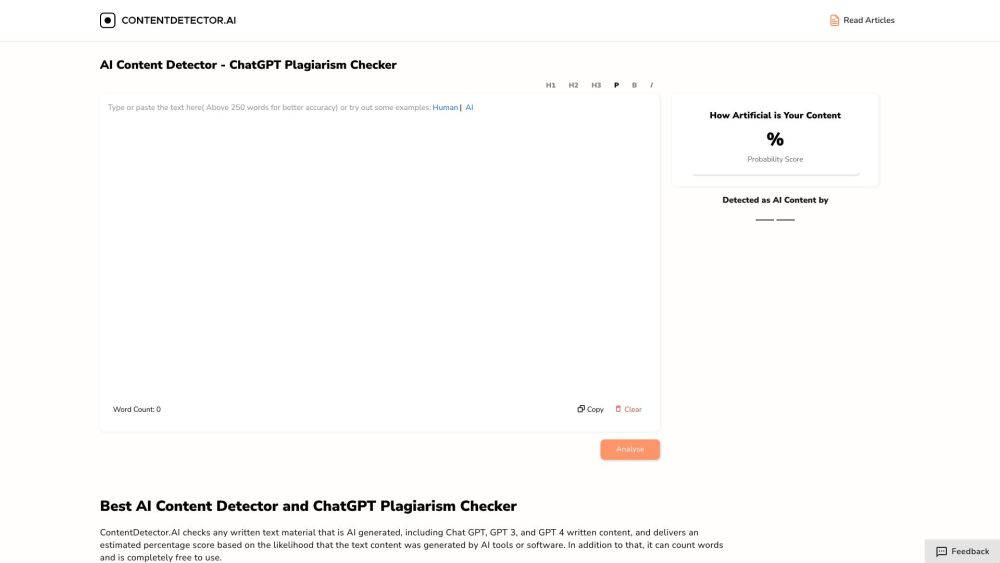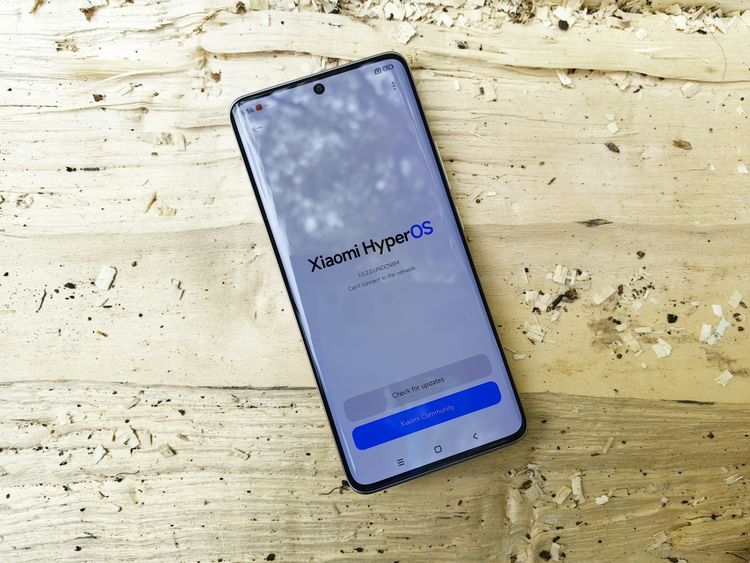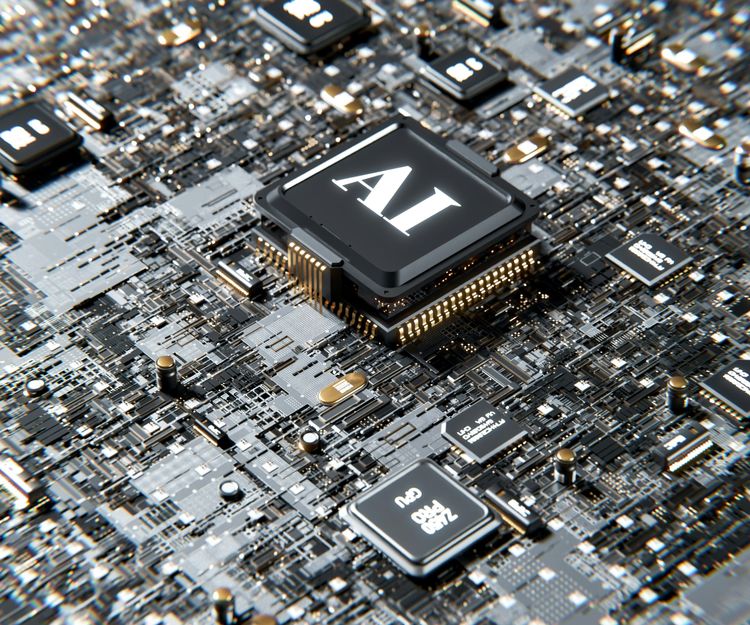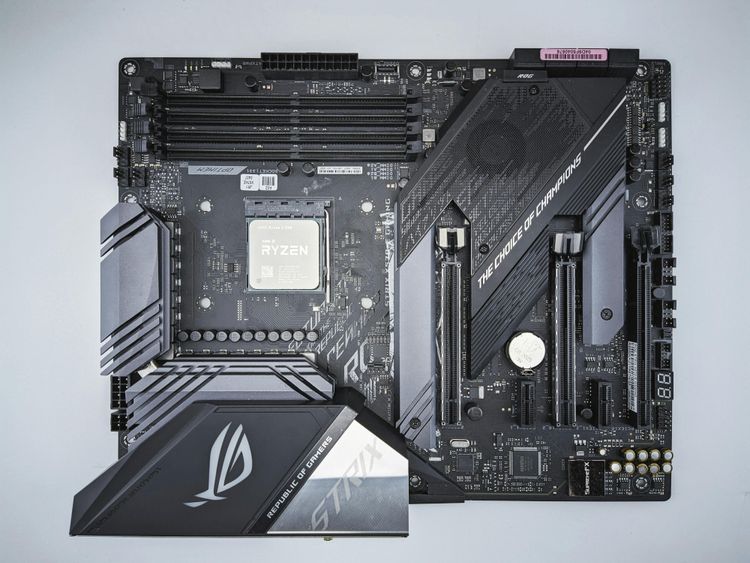Nvidia, the tech giant, has made a big splash by announcing a personal AI supercomputer called Project Digits. It's set to be available in May, and it's sure to get everyone excited.
Project Digits is powered by a new GB10 Grace Blackwell superchip. This chip is like a magical "little sprite" — small in size but packed with power. It can smoothly run complex AI models. The best part is, it's compact and can sit on your desk like a fancy ornament. It only needs a standard power outlet, which is a huge difference from the big, power-hungry systems of the past. It's like a graceful dancer entering a sumo wrestler's ring.
Nvidia's CEO, Jensen Huang, is very confident. He says that AI is like an unstoppable wave that will become mainstream in every industry and application. Project Digits is like a "flagship" in this wave, opening new doors for millions of developers to easily use the Grace Blackwell superchip and explore the world of AI.
Each Project Digits system is like a well-equipped "treasure trove of technology." It has up to 128GB of unified, consistent memory. To put that in perspective, a good laptop might only have 16GB or 32GB of RAM. This system boosts memory capacity to a whole new level, providing strong support for fast data processing. It also has up to 4TB of NVMe storage, which can easily hold a lot of data. For even more demanding applications, two Project Digits systems can connect together like partners, processing models with up to 405 billion parameters. For example, Meta's Llama 3.1 model, which has 405 billion parameters, is no problem for this "super duo." The GB10 chip is also incredibly powerful. At FP4 precision, it acts like a high-speed AI computing "engine," providing up to 1 petaflop of AI performance. That's 1 quadrillion AI calculations per second — fast, right? The system also has Nvidia's latest CUDA cores and fifth-generation Tensor cores, which work together with NVLink-C2C to connect to the Grace CPU with 20 efficient Arm cores. It's like a well-trained "tech team" ensuring the system runs smoothly and efficiently. MediaTek also helped develop the GB10 chip, like two chefs working together to create a delicious dish, optimizing its energy efficiency and performance.
For software support and applications, Nvidia has thought of everything, creating a convenient "highway" for AI development. Users can easily access Nvidia's AI software library, which has everything from development toolkits and orchestration tools to pre-trained models available through the Nvidia NGC catalog. It's like giving developers "magic tools" to get started quickly. The system runs on Nvidia DGX OS, based on Linux, and supports popular frameworks like PyTorch, Python, and Jupyter notebooks. Whether you're an experienced developer or a beginner, you can find the right "guide" for you. Developers can fine-tune models like a professional sound engineer using the Nvidia NeMo framework, and they can speed up data science workflows with the Nvidia RAPIDS library. Users can also comfortably develop and test AI models locally on Project Digits, and then smoothly deploy them to cloud services or data center infrastructure using the same Grace Blackwell architecture and Nvidia AI Enterprise software platform. It's like a seamless relay race. Additionally, Nvidia didn't forget about enthusiasts and startups, launching the Jetson Orin Nano Super for $249 in December. This device is like a "starter kit" for them, affordable but powerful, capable of processing models with up to 8 billion parameters, providing a low-cost platform for those with AI dreams to practice.







